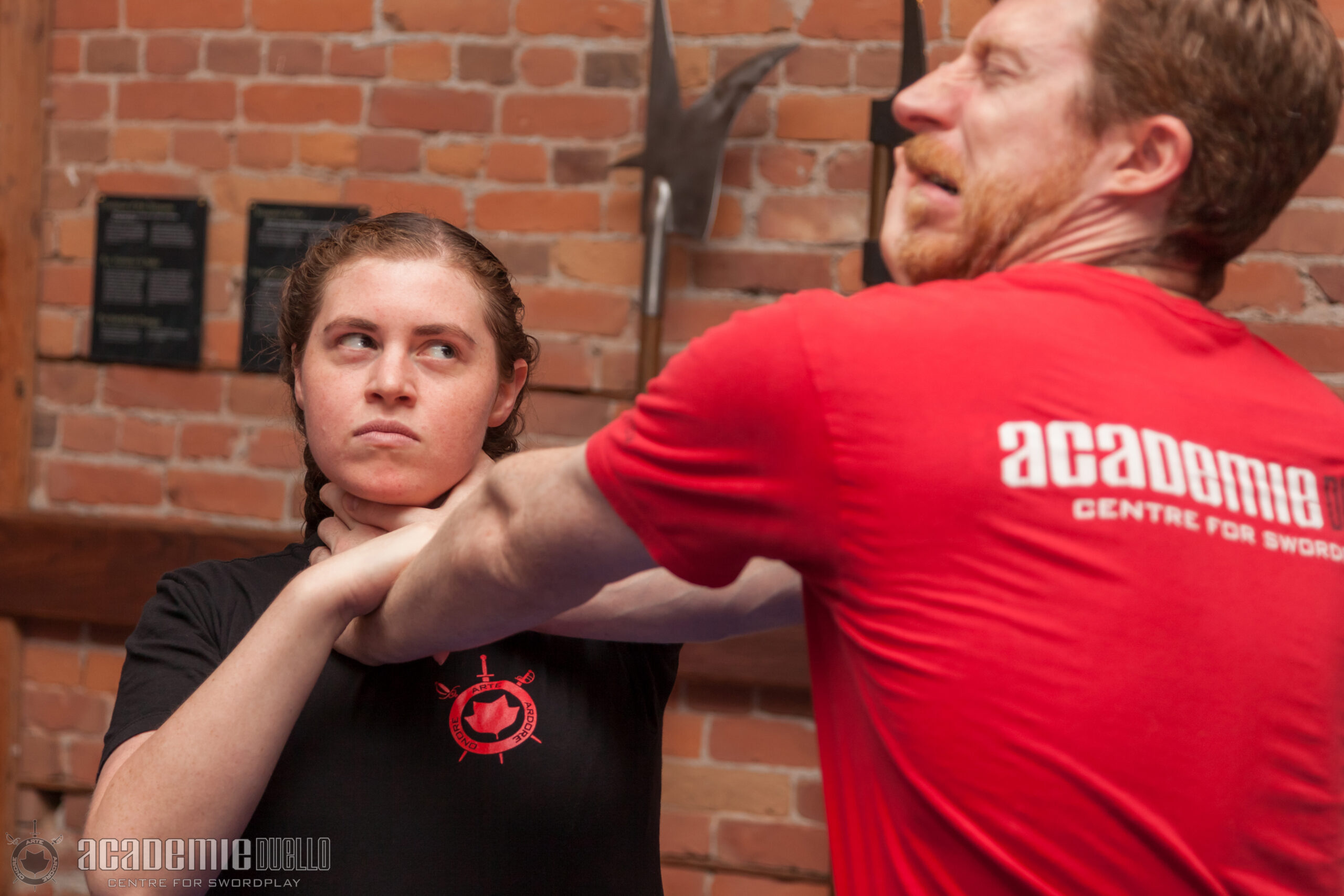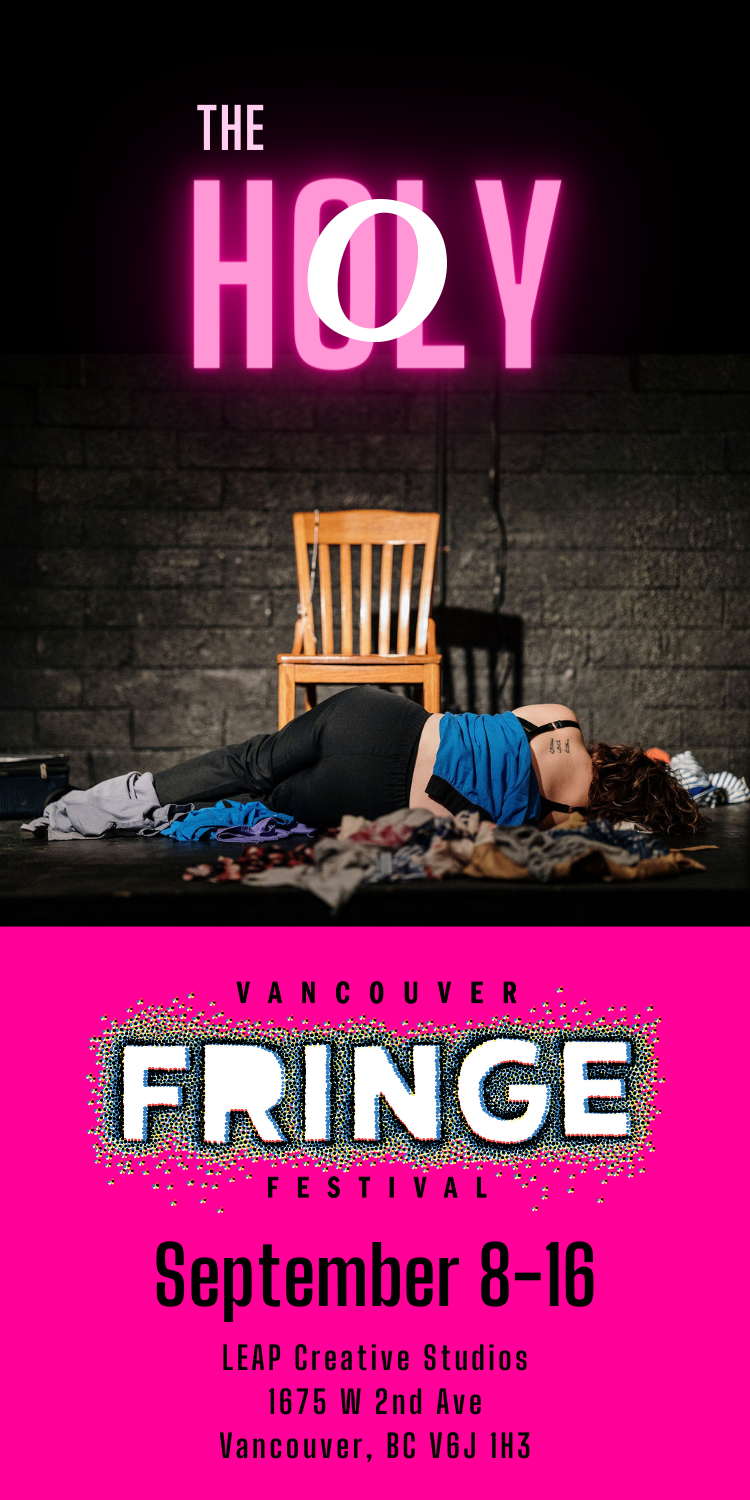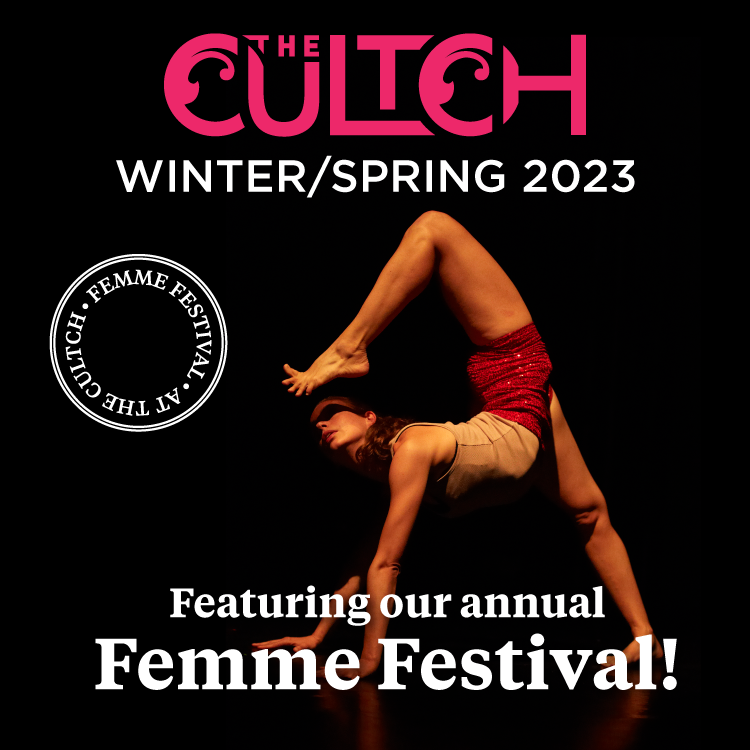Academie Duello teaches women’s self-defense through a gentlemen’s Victorian era martial art
By Rachelle Lachland
@RLachland
Bartitsu is a martial art more than 100 years old and a Vancouver-based academy wants to equip women with the skill as part of a self-defense series.
Created by Englishman Edward Barton-Wright, who studied jiu-jitsu and Judo in Japan in the 1890s, Bartitsu is a Japanese-English hybrid fighting style. Upon returning to England, Barton-Wright opened his own school and is often credited with being the first instructor to teach the discipline in Europe — although Bartitsu had been demonstrated in the west before.
Today, the hybrid fighting-style is practised in four quadrants: the cane/umbrella, savate, scientific boxing, and jiu-jitsu.
So how does it apply to the modern woman living in Vancouver?
We chatted with Bartitsu practitioner, aficionado and fight choreographer Sylvie La Riviere, who gave us an in-depth look at how women can apply the martial art to our benefit.
We meet La Riviere at Academie Duello, a school that fosters the practice of western martial arts; Bartitsu being a small part of what they offer.

Bartitsu was originally a gentleman’s martial art. With all the different choices on offer today, why did you choose Bartitsu?
Sylvie: It’s something unique that’s readily available in Vancouver, which I like. You’re not going to find it in a lot of other places. And a lot of other places that do teach something similar to Bartitsu are doing it primarily for people who enjoy ‘Steampunk.’ So, for them, there’s an element of play to it instead of focusing on the martial aspect. They’re not necessarily getting the full martial art.
What has the practice of Bartitsu instilled in you?
La Riviere: I think, for me, it’s instilled a greater sense of confidence. Not a lot of women think they’ll have the tools to defend themselves, but the school here, especially Bartitsu, teaches very simple yet effective ways of doing [that, which] I don’t see in a lot of other schools.
What particular skills have you fostered by doing Bartitsu?
La Riviere: Something that I enjoy and didn’t think that I would is the jiu-jitsu element of it. It gives you a greater control over your own body; you get to understand leverage and that defeating an opponent won’t be based on size or strength. I should mention that there is a difference between Japanese jiu-jitsu and Brazilian jiu-jitsu. The Bartitsu version is based on the Japanese form and focuses on manipulation of your opponent’s momentum and leverage rather than strength to bring them to the ground.

Can you explain jiu-jitsu?
La Riviere: Jiu-jitsu is a Japanese martial art primarily based on wrestling. It doesn’t rely so much on strength but on manipulating the opponent’s centre of gravity. In Bartitsu, we try our best to bring our opponents to the ground while remaining upright ourselves as it gives you a better chance to get away, especially if you are being attacked by more than one person.
Why could Bartitsu be considered a crucial martial art for women?
La Riviere: Not every woman has the upper body strength to take on a large assailant. Bartitsu gives you techniques to use with things such as umbrellas, keys, and your own body as the weapon. As long as you understand how your body works and how your assailant’s body works, you can find ways to defeat them.
La Riviere: I noticed [mature women] seemed to be getting a lot out of it because it isn’t something that involves having to throw yourself or your opponent to the ground. You don’t have to have awesome knees or be in the best shape to do it, you can be pretty frail.

Any interesting facts you’d like to share about Bartitsu?
La Riviere: I think my favorite thing about Bartitsu is that it was taught to the suffragettes as a method of self-defense against the police who were attacking them in the streets when they were protesting. You might not be constantly carrying an umbrella around, and even if you are, what happens when you get disarmed? You definitely want something else there that you can rely on. I feel that you can always rely on yourself.
Any tips on how and when to practice on your own time?
La Riviere: It’s very difficult to practice the contact movements — so anything from jiu-jitsu — by yourself. I would definitely recommend practicing those things under the eyes of an instructor. You could do the bayonet drill as you can find good positions for the umbrella to protect your body. Solo practice builds precision, which, of course, is very important.
With the inclement weather here in Vancouver, the darker nights and the need to carry an umbrella, I can’t think of another city where Bartitsu could be more applicable. We know we’ll be brushing up this winter and see if I can’t help contribute to ushering in a new era of Bartitsu for women!
Academie Duello on W Hastings, Vancouver, has kindly offered Loose Lips readers 15 per cent off their next ‘Umbrella Self-Defense’ Workshop on Jan. 31, 2016. Enter the Promo Code: ‘LOOSE2016’ when signing up through their website before Dec. 31, 2015. Click here to register.

Rachelle Lachland is an actor, writer and fantasy book lover. She will balance your chakras while reciting a myriad of interesting facts about life. Just don’t ask her to teach you the finer points of Australian culture.



